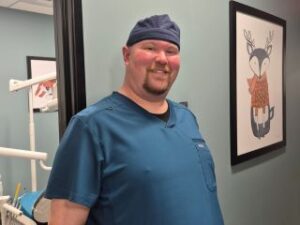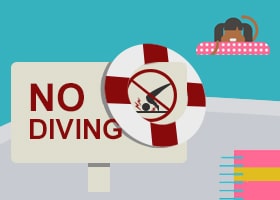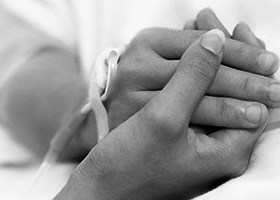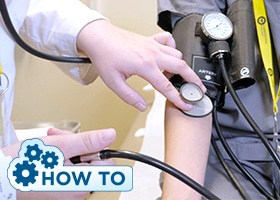 Natural remedies for pain management are gaining popularity, and massage therapy is becoming an integral component of patient care as hospitals and medical providers look for ways to improve recovery time. As an alternative form of medicine, massage therapy has a variety of benefits that common painkillers do not. Studies have shown that massage is an effective method of reducing pain, stress and muscle tension. In fact, research has shown that the positive effects of massage can reduce the intensity of anxiety and pain in cancer patients. One major difference between massage and pain medication? Massage has no negative effects. “The fact that patients throughout the various hospital units, with a wide variety of pre-massage pain levels, experienced relaxation through massage therapy indicates the true potential for massage to support healing for hospitalized patients,” researchers explained in the International Journal of Therapeutic Massage & Bodywork. The main challenge for hospitals that wish to incorporate this growing field into their delivery of patient care is finding qualified individuals to do the job. There are a variety of types of massage training – all targeting different needs – and people who have earned certificates or associate degrees are most in demand. Like other medical professions, massage in a hospital setting is focused on improving the quality of patient care. Certified massage therapists not only help to reduce patients’ pain, but also cause them become more aware of their own bodies. The simple act of having person-to-person contact can help patients feel more comfortable and secure in an environment where there is often little social interaction. Massage therapy is all about improving the quality of life – whether it’s focusing on relaxation, stress relief or pain management – and hospitals give massage therapists the perfect opportunity to use their skills to truly improve patient care.
Natural remedies for pain management are gaining popularity, and massage therapy is becoming an integral component of patient care as hospitals and medical providers look for ways to improve recovery time. As an alternative form of medicine, massage therapy has a variety of benefits that common painkillers do not. Studies have shown that massage is an effective method of reducing pain, stress and muscle tension. In fact, research has shown that the positive effects of massage can reduce the intensity of anxiety and pain in cancer patients. One major difference between massage and pain medication? Massage has no negative effects. “The fact that patients throughout the various hospital units, with a wide variety of pre-massage pain levels, experienced relaxation through massage therapy indicates the true potential for massage to support healing for hospitalized patients,” researchers explained in the International Journal of Therapeutic Massage & Bodywork. The main challenge for hospitals that wish to incorporate this growing field into their delivery of patient care is finding qualified individuals to do the job. There are a variety of types of massage training – all targeting different needs – and people who have earned certificates or associate degrees are most in demand. Like other medical professions, massage in a hospital setting is focused on improving the quality of patient care. Certified massage therapists not only help to reduce patients’ pain, but also cause them become more aware of their own bodies. The simple act of having person-to-person contact can help patients feel more comfortable and secure in an environment where there is often little social interaction. Massage therapy is all about improving the quality of life – whether it’s focusing on relaxation, stress relief or pain management – and hospitals give massage therapists the perfect opportunity to use their skills to truly improve patient care.



